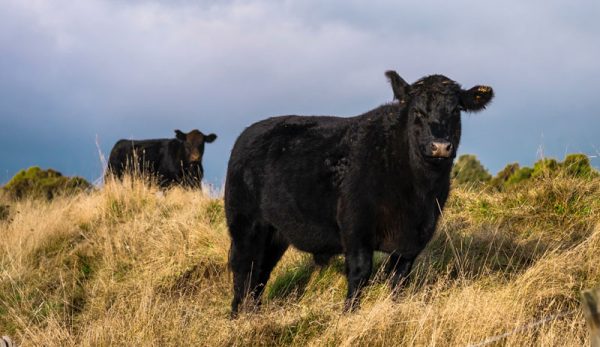
There’s no doubt that an animal death on a farm can be emotional. Not knowing why an animal died makes it even harder. But you can sometimes learn more information via a necropsy, the term for an autopsy conducted on an animal. A necropsy, conducted on-farm by a veterinarian or at a state lab or university, can help determine cause of death.
Here are the top five reasons for having a necropsy done if an animal dies on your farm.
Definitive Diagnosis
Although not a guarantee, having your vet or area diagnostic lab do a necropsy greatly increases the chance of determining cause of death.
This is of huge importance if you’re dealing with the possibility of a contagious disease like influenza in swine or poultry, shipping fever in beef cattle, herpes virus in horses … the list is really, really long.
Basically, if your animal(s) died of a bacterial, viral, fungal or protozoal infection, getting a diagnosis will help you immediately protect other animals on your farm. You’ll also stay aware of how to prevent the same infection in the future.
Read more: If your flock loses a chicken to mysterious circumstances, a necropsy may provide answers.
Samples
One huge benefit to a necropsy? The ability to directly take internal samples and have them submitted to a pathologist for microscopic evaluation (called histopathology).
Histopathology is the keystone to diagnosis when you need a look at the cellular level. For example, it can help differentiate between a benign or metastatic tumor. A vet can also culture samples for bacterial/fungal growth and analyze for viral causes.
Learning Opportunity
From an emotional standpoint, many find it difficult to watch a necropsy. And some folks just don’t have the stomach for it. But if you are offered the opportunity to observe a necropsy, it’s absolutely a worthwhile experience.
You will surely learn a lot about the internal anatomy of the animal. But in addition the pathology you see may greatly impact how you think about clinical signs. For example, it can be shocking to see the extent of lung consolidation in a calf with shipping fever even if the calf had clinical signs over a relatively short amount of time.
Read more: You should take these steps to prevent shipping fever in your goats.
Incidental Findings
Sometimes during necropsies, we find other issues not directly implicated in the cause of death. But these conditions may have still had an impact on the animal’s health—or not at all.
We call these discoveries incidental findings. Common examples include finding parasites in the intestines, liver abscesses, gastric ulcers and small tumors. These findings can sometimes give you a clue about the underlying health of the other animals on your farm, too.
Insurance
In some cases of animal death, you’ll need a necropsy for insurance purposes.
Logistically, you’ll need a well-lit, well-ventilated, level area free of debris for an on-site necropsy. But space requirements obviously vary, depending on the species.
If you prefer to take the animal to a diagnostic lab for necropsy, know the times and dates of operation ahead of time. Many federal labs do not conduct necropsies on the weekends or federal holidays.
I would always recommend calling your local/state lab prior to driving out.
One last item to note: Necropsies are not free. Either your vet will charge for time and expertise or the lab will. However, since this is considered a public health service, the fees are typically reasonable. But fees can also vary, again depending on the species and specific samples requested.




